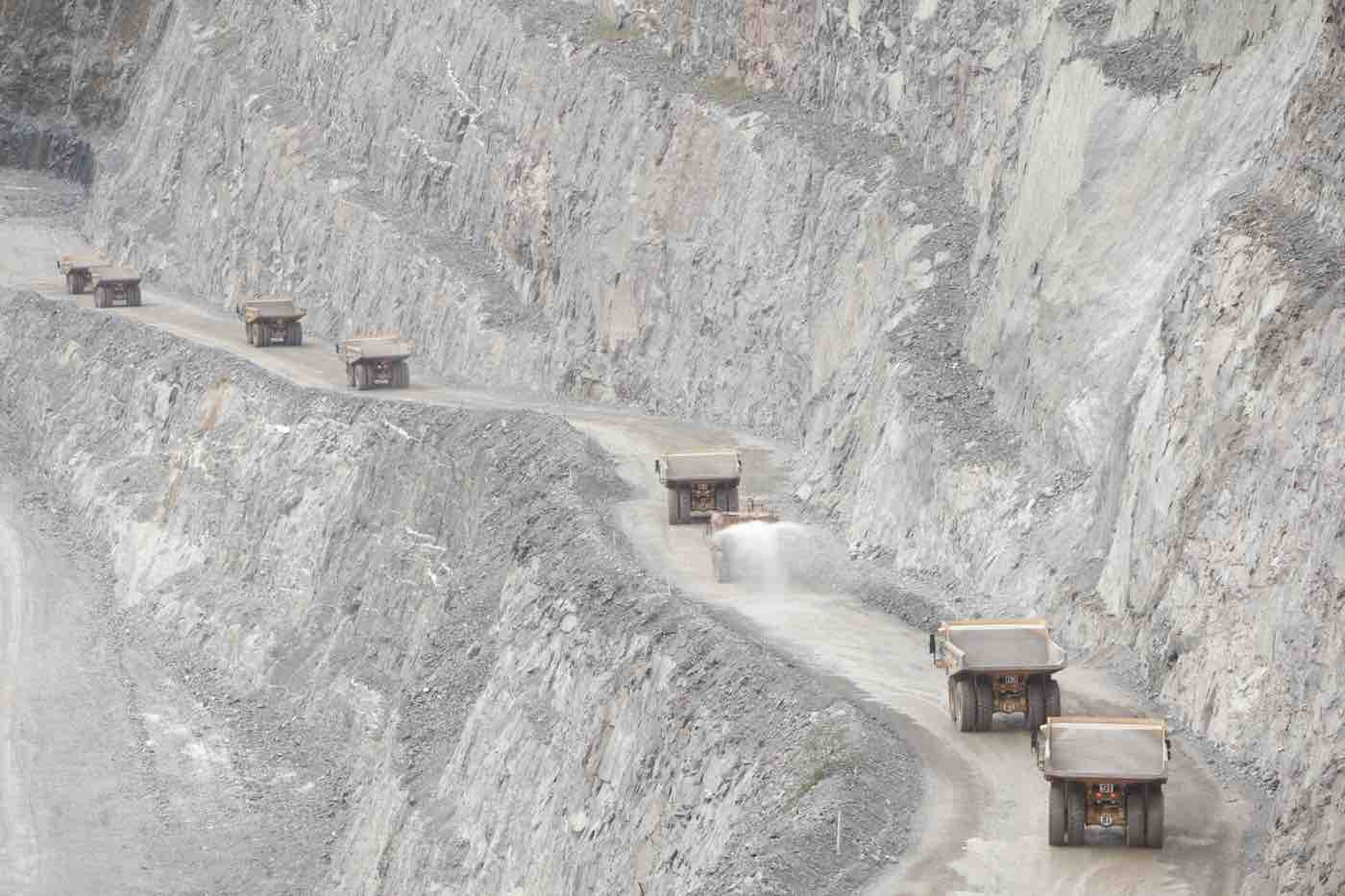
Dust control methods are techniques used to control dust particulate matter emissions at mining and construction sites.
Global Road Technology is a world-class leader in innovative dust control methods for dynamic dust management with the superiority of being 12 times more effective at dust capture than water alone. There is a wide range of dust control methods you can choose from the GRT marketplace. For example, GRT:12X is one of the safest and effective ways to manage drilling-related dust instantly targets the causes of dust-related lung diseases, preventing it from becoming an airborne hazard that poses danger to human health and the environment.
Dust consists of small airborne particles and occurs primarily due to wind and traffic movements. The dust particle sizes differ according to the nature of the activity that generated them and this determines the dust control method to be implemented. There are different dust control techniques used in mining and construction sites.
GRT is an industry leader in highly refined synthetic fluids, surface-active agents, and polymeric dust control methods.
1. GRT: Haul-Loc: Ultra-concentrate that uses GRT’s LCP technologies to improve the efficiency and effectiveness of water cart operations by up to 500%. Save water, eliminate dust, and improve safety on your haul roads.
2. GRT: ACTIVATE UG – Super activated, dust control for underground mining. This product is injected into water supply lines and sprayed through existing spray systems for the longwall, continuous miners, conveyors and designed to target harmful airborne coal and silica dusts.
3. GRT Wet-Loc: Non-drying and non-setting, synthetic fluid designed to adsorb into soil particles preventing them from becoming airborne. GRT Wet-Loc is a long-lasting, totally waterless application that is ideally suited to underground mining roads, areas of heavy damaging traffic such as tracked machinery routes, and race tracks (speedways and even horse and camel tracks).
4. GRT: Drill & Blast Applications: GRT: 12X & GRT: DC Binder. These products help to super-activate the water used in drilling and blasting. The chemical interactions enable binding the surface of fine drill cutting piles. This prevents them from producing airborne dust.
5. GRT: Broadscale Applications: GRT: Soil-Loc, GRT: Ore-Loc, and GRT: Rubble-Loc. Specific formulations are made for farming, resources, ore stockpiles, transport, demolition and disaster recovery sites. These products show that a little of the right technology goes a long way!
6. GRT: ACTIVATE: Cutting edge dust control technology that makes water work better, harder, and more efficiently. Injected through existing dust spray systems, trucks or stabilizers, key applications are for quarrying crushers and conveyors and for road construction.
Water is the most widely used dust suppressant. To date, the most widely utilized dust control measure has been particle agglomeration through the capillary effect of water. The challenges to using water include:
Salts and brines applications are the next most common dust control methods. Calcium chloride and magnesium chloride are the major products in this group.
Salts require minimum humidity levels to absorb moisture from the air and have the ability to:
Bitumen emulsions are formulated from water and neat bitumen in the presence of a surfactant to form either a W/O or O/W emulsion. The limitations of bitumen emulsions include:
Surface active agents are a GRT specialty which make water work for you. Overcoming the dust challenges facing your mining and construction site is achieved through using GRT: ACTIVATE and the following is achieved:
Lignosulfonate is a polyelectrolyte polymer that has good water solubility and its aqueous solution consists of a mass of anions. It is a by-product of the chemical pulping industry. On the downside:
Liquid polymers are used to bind and coat surfaces to control dust. GRT formulates liquid polymers to target dust control with incentive of reducing the amount of water used in dust control. In mining, GRT: Haul-Loc is a liquid polymer specifically formulated for haul road dust control. These are the benefits of using liquid polymers:
Highly refined synthetic fluids are the latest environmentally friendly dust control products which works through adsorption onto the treated surface, making dust particles heavy to be airborne. The benefits of using GRT’s highly refined synthetic fluid GRT: Wet-Loc include its ability to be:
Synthetic polymer emulsions bind surface particles together via their adhesive properties which increases the shear strength of the material. Their mechanism of action relies on evaporation kinetics, where removal of water leads to a transition from flocs into a film as a result of coalescence. The challenges faced by synthetic polymer emulsions include:
Petroleum derivatives such as mineral oil are produced from highly refined crude oil. agglomerate surface particles and are applied in their neat form hence do not require any dilution with water and have been used with great success to access extended dust control applications Their drawbacks are that they are:
Vegetable oils such as soybean, cottonseed and canola oil are common dust control methods. These substances are environmentally safe and biodegradable but they have the following limitations:
Many years of research have gone into Global Road Technology’s environmentally friendly and cost-effective dust control portfolio. GRT offers dust control products applicable and effective under extreme conditions. Costs savings of 30-40% are accomplished due to the removal of daily watering and grading, less wear and tear on vehicles, improved haul times, elimination of downtime during and after wet weather (independently verified by Deloitte). GRT products have been tested and verified by several leading universities and private testing organisations such as certified environment-friendly by Environmental Resource Management (ERM).
Are environmental regulations, health and safety concerns or potential profit loss a concern right now?
Contact Us Now